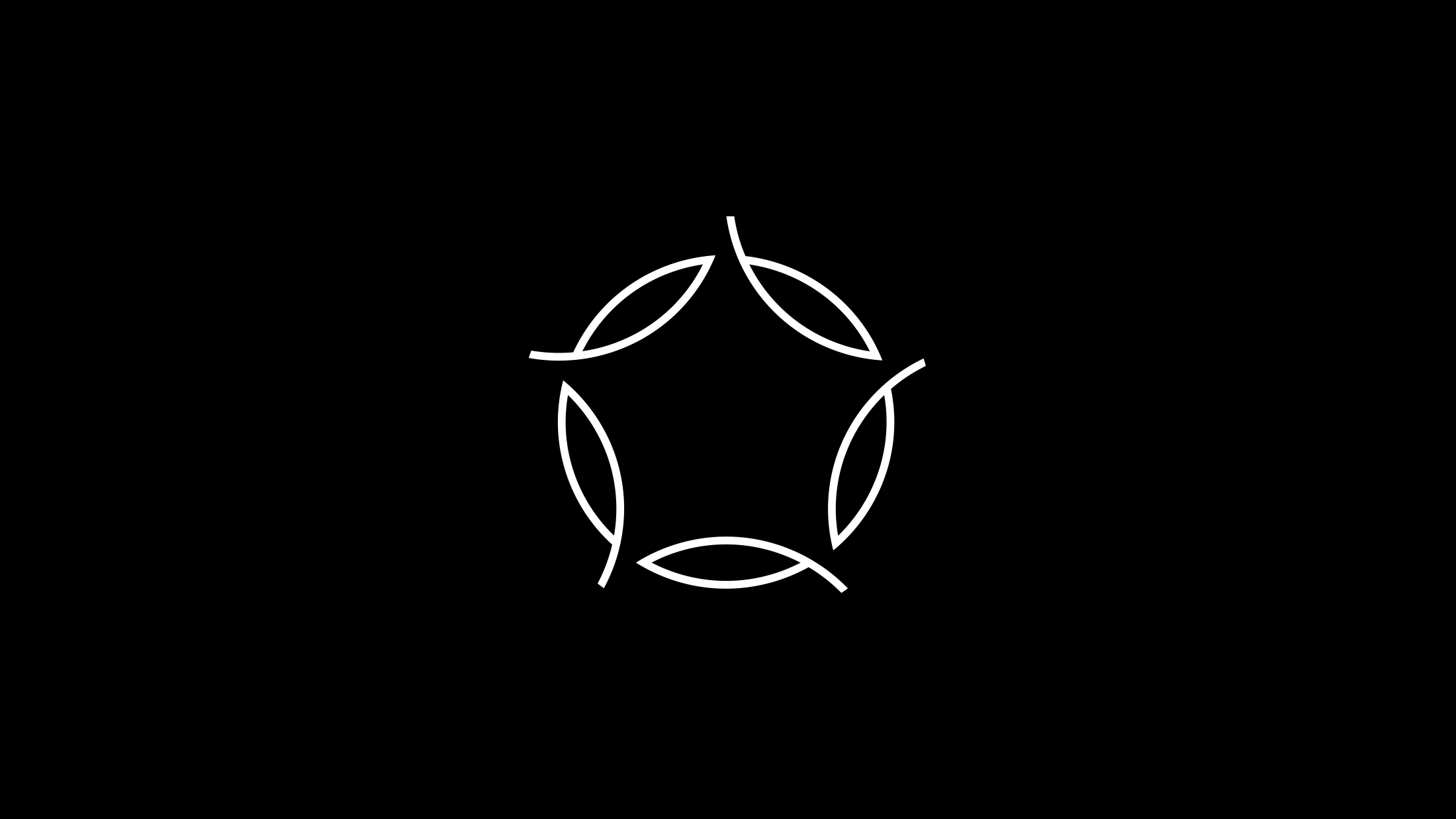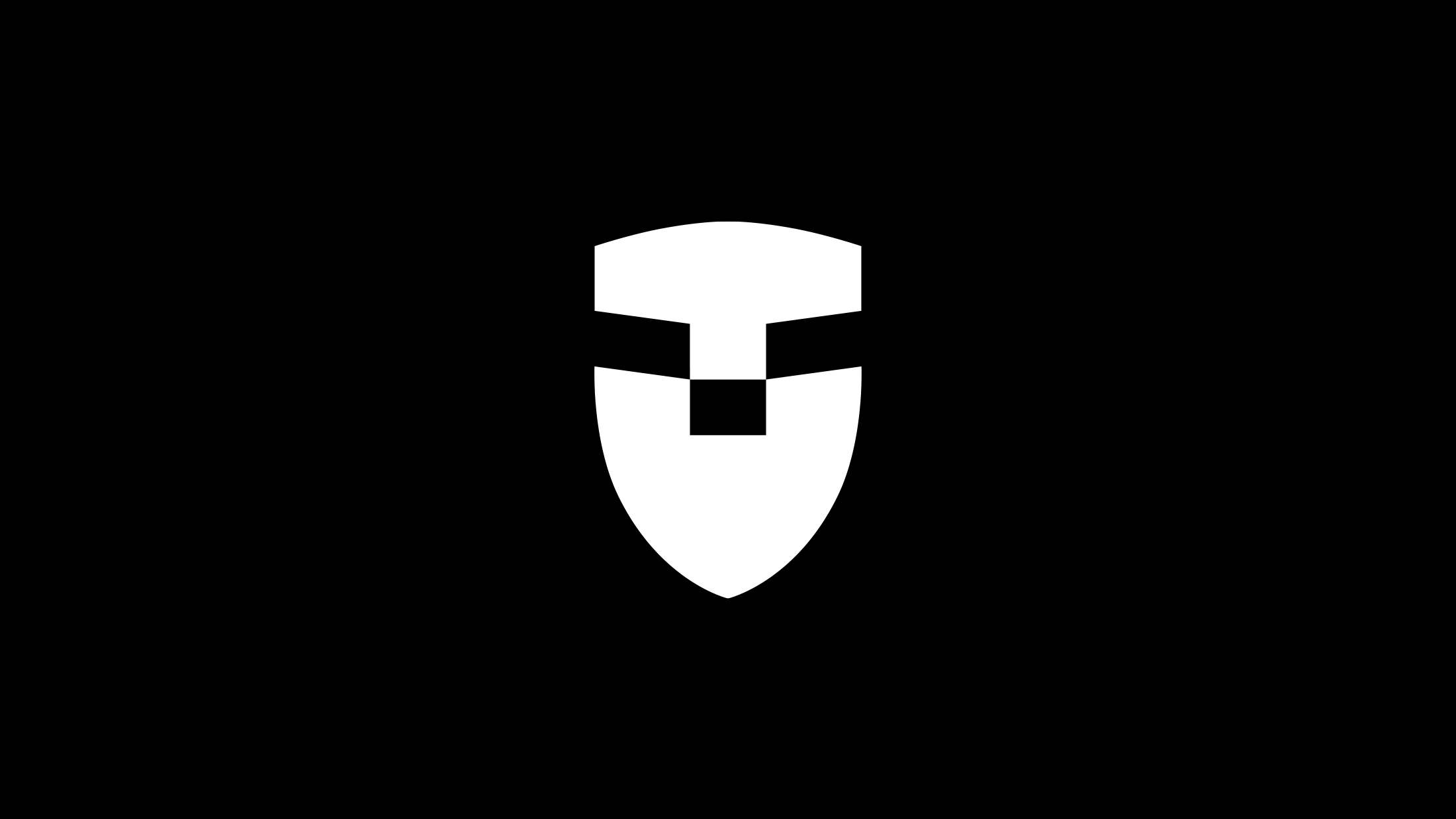What makes a good logo? A successful design may meet the goals of the design brief, but an enviable mark with the potential to become iconic will capture a brand’s essence through simplicity, relevance, and distinction.
Keep it simple
Often, a glance is all that’s afforded to a logo before attention is directed elsewhere. You might be driving past a billboard, scrolling on your phone, watching TV. That second or two is all the logo has to make an impression.
Simplicity is key.
A minimalist approach also enables your logo to be used across the broadest possible range of media, from avatars to billboards, from business cards to favicons.
Think of the marks of Mercedes, Apple, Target, Shell. Their simplicity makes them easier to remember, and that helps improve brand recognition.

Yellow Pages logo
Make it relevant
A logo for a lawyer will be different from a logo for a children’s toymaker. A travel agency will look different from a sports team. The design should always be relevant to the industry and audience.
Keep in mind, however, that a logo doesn’t need to say what a company does. Often, the less a logo says, the better. The BMW logo isn’t a car. The Quantas logo isn’t an airplane. The Nike logo isn’t a shoe. Yet they’re all relevant within their markets.

Wonder Years logo
Aim for distinction
Distinction means separation within the market. A strong trademark will have a unique quality or treatment that, after a period of use, can be directly linked to the business it identifies without being mistaken for a competitor.
But how do you create a logo that’s unique? You focus initially on a design that’s recognisable. So recognisable, in fact, that just its silhouette gives it away. Working in black and white before adding colour can help to create a more distinctive mark because the contrast highlights the idea. Colour, although important, is secondary to shape and form.

Tenon logo
Logo Design Love
A Guide to Creating Iconic Brand Identities

Published in 2014 by Peachpit
240 pages, paperback, 13 languages
Amazon.com
Amazon.co.uk
Waterstones
Barnes & Noble
Peachpit
Work with me
For anything from a subtle logo refinement to a fully bespoke visual design system, it’ll be a pleasure to talk.
An introductory email with brief details of your business will be most appreciated. Afterward we can arrange a call or if you’re in the area I’ll brew us some tea.
studio@davidairey.com
David Airey
Logo & brand identity design
Studio
64 Beechfield Avenue
Bangor
Northern Ireland
BT19 7ZZ
Contact
studio@davidairey.com
Book a video call
07739 530 457
LinkedIn
Newsletter
Independent since 2005
Website proudly hosted by Fused